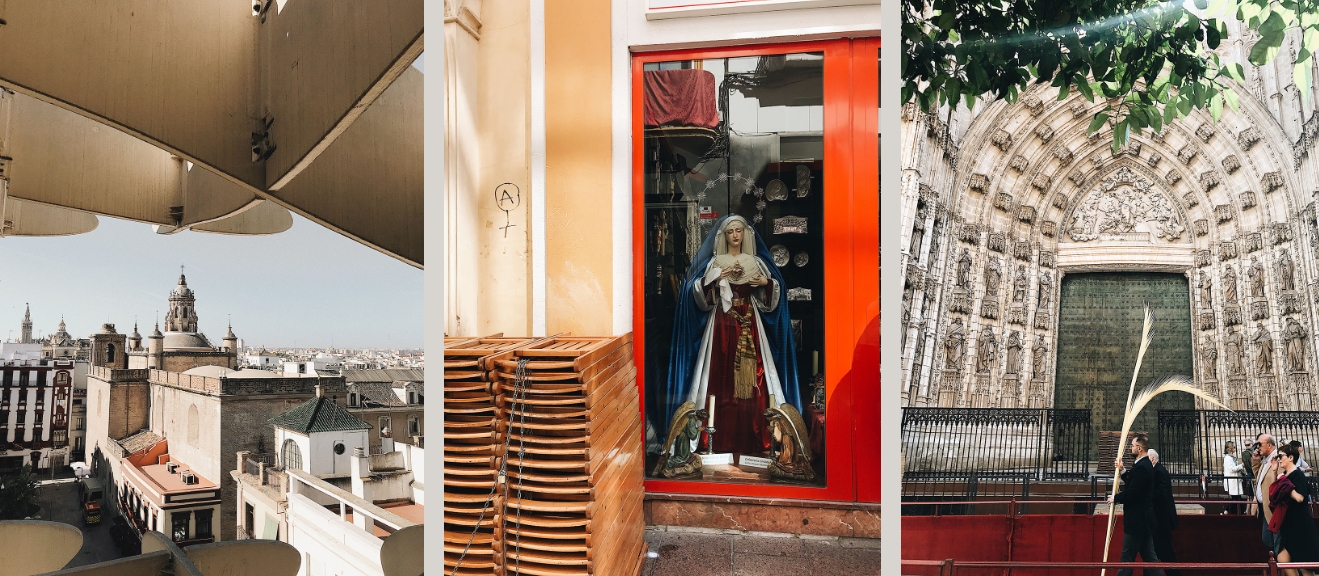Desert and mountains, the Atlantic and Mediterranean coasts, Arabs and Berbers, incredible cinematic views of nature and narrow streets of ancient cities, hammams and beaches, couscous and spices, mint tea and coffee with cardamom and anise, bustling markets and fishing villages with gulls – this North African the country developed under the influence of Arab, Berber and European cultures, and today it plays the role of a very attractive destination for travelers, because here you can relax on the infinitely beautiful coast, and go to the mountains, and about to ride in the desert on a camel or SUV, and wander through the ancient cities, and explore numerous museums, and, of course, take gigabytes of great photographs, featuring incredibly beautiful bright colors that painted these places.
Blue and cyan
You can also enjoy blue-blue flowers and shades in Morocco in religious buildings, often richly decorated with tiles, on the shores of the Atlantic Ocean, for example, on the beach of Legzira, where until September 2016 the famous natural arch, destroyed by the tide, was located in the Atlas Mountains and on the ridge Air Reef, where crazy views of the sky open, on the main and famous square of Marrakesh Jemaa al-Fna, where, with the onset of blue dusk, trading at the bazaars, cooking in restaurants and performances by street performers only gain momentum As well as in any Moroccan city, or even in the desert on a clear day when the only other colors become brighter against the sky.
Yellow and red
The colors of saffron, cinnamon, anise, ginger and turmeric, which are added to a variety of dishes, the colors of lemons and oranges, the juice of which can be found in culinary delights, and in the form of freshly squeezed juice, the color of couscous, beef, goat and lamb, which along with fish and seafood form the basis of regional cuisine, the colors most often found in medieval tannins and in the huge historical center of the former capital of Fez, the colors of the fortified ksar cities, the colors of the Hassan tower of the late XII century, which in the abolished capital Rabat, the color of the historical medina in Casablanca, largely known for the 1942 film of the same name, the color of the ancient ruins of Meknes, the color of the cinematic Ouarzanate, the color of Tangier close to Gibraltar, the color of the mountain Tingir, the color of Amizmiz and the port of Essaouira.
Red and yellow are also inherent in the Sahara sand, on which you can ride a camel in the Merzoug, the coast of the Atlantic Ocean, where the rocks that the waves break into are painted in this color, the Atlas Mountains, most of the historical cities and, of course, the defensive ancient walls, palaces- riads, mosques, sunrises and sunsets.
White and ivory
Coastal lamb of the waves, the modern quarters of Agadir, Casablanca and Rabat, the peaks of the Atlas mountains and the Rif Ridge, covered with snow, reminiscent of Spanish snow-white Tetouan, built under the influence of the Spanish and French quarters and entire cities and, of course, snow-white clouds that stand out brightly against the blue sky. The color of purity, good luck, beauty and femininity often complements Moroccan patterns in textiles and looks favorably against a background of darker shades.
Green
The color of grace and the color of Islam, the color of mint, which is traditionally brewed with green tea and sugar literally at any time of the day or night, and the color of coriander, which is often seasoned with dishes, the color of Atlas cedar and juniper, carob and oak, which cover the Moroccan mountains , color ceramics, tiles, ceilings and furniture.
Multicolor
As a gift from Morocco, you can bring not only spices, but also traditional items of clothing, such as a Berber cloak with a hood of a jellab, a caftan and balg leather slippers, as well as leather goods, carpets and various utensils, especially teapots and glasses for mint tea , not to mention the beautiful ceramic tiles with traditional Moorish multi-colored patterns.

